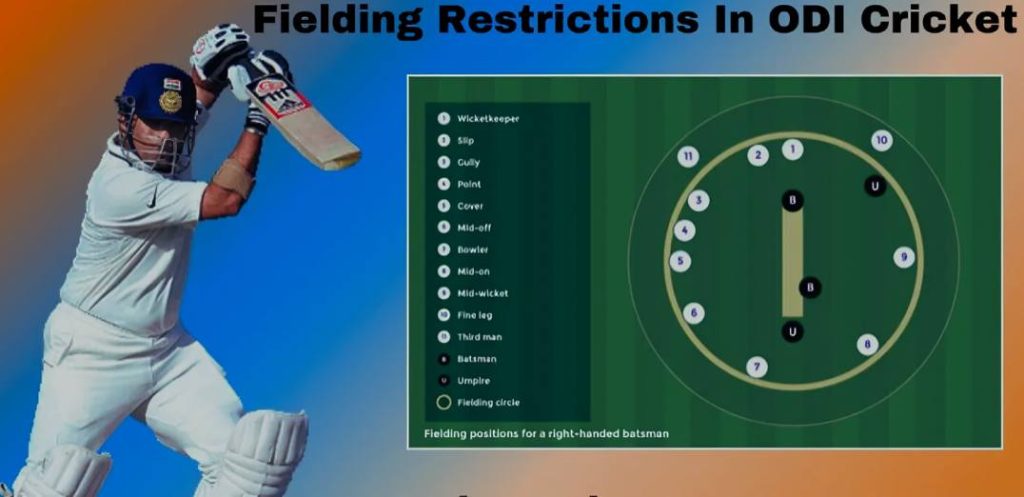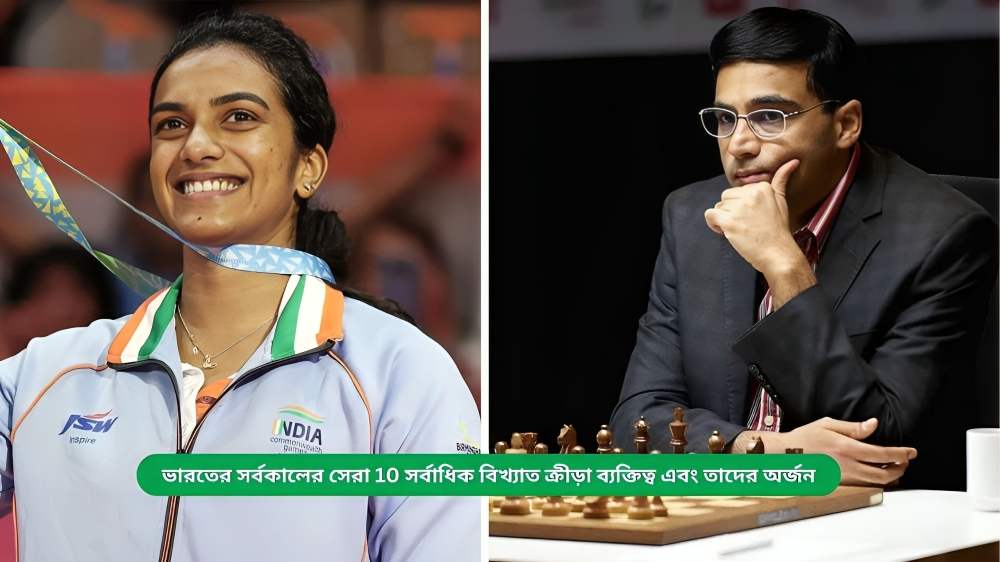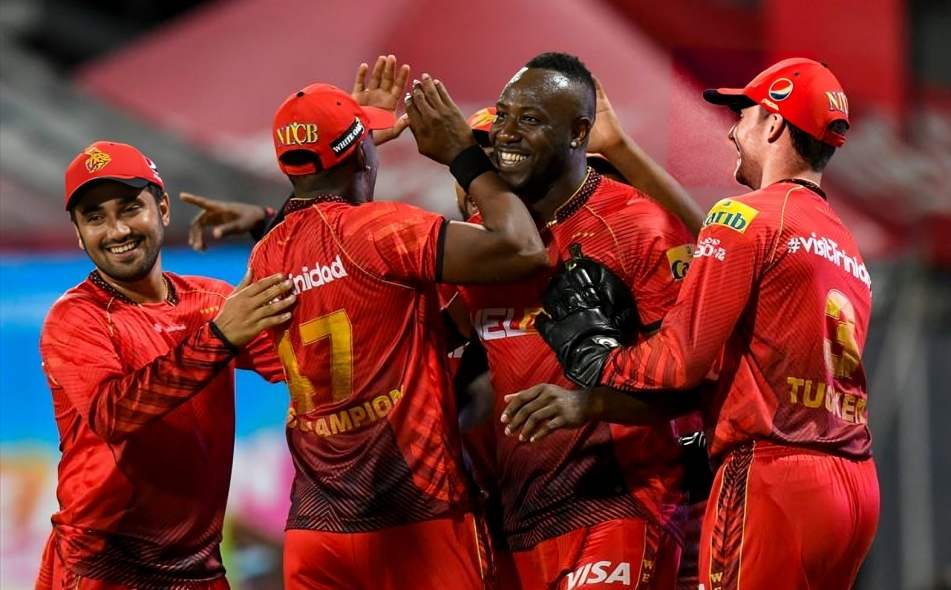The powerplay rules in ODI cricket, introduced by the ICC in 2005, divide innings into three phases with field restrictions across overs 1-10, 11-40, and 41-50. These rules, amended several times between 2008 and 2011, now follow the 2015 regulations. Effective powerplay planning has become crucial, often determining the outcome of a match. Here’s a closer look at the meaning and evolution of powerplay in ODI cricket.
Table of Contents
What is powerplay?

In ODI cricket, the powerplay refers to a set of fielding restrictions imposed on the fielding team. The ICC introduced this concept in 2005, as limited-overs cricket began including the Twenty20 format alongside ODIs.
How does powerplay in cricket work?

Powerplay overs in ODI cricket enforce specific fielding restrictions by limiting the number of fielders within and outside the 30-yard circle. Currently, the 50-over innings is divided into three powerplay blocks: the first 10 overs, overs 11 to 40, and the final 10 overs. Each phase has unique fielding rules that the fielding team must follow.
What are the powerplay rules in ODI cricket?

The ICC Playing Handbook outlines specific powerplay fielding restrictions for ODIs:
- Overs 1-10 (Mandatory Powerplay): Only two fielders are allowed outside the 30-yard circle.
- Overs 11-40: Up to four fielders can be stationed outside the 30-yard circle.
- Overs 41-50: A maximum of five fielders allowed outside the 30-yard circle.
Adjustments to powerplay overs may occur due to rain or other interruptions, as determined by the match referee and umpires.
What were the previous field restriction rules in cricket?

Field restrictions in ODI cricket debuted in the 1980/81 season in Australia, evolving over time. By the 1992 World Cup, the rules allowed only two fielders outside the 30-yard circle for the first 15 overs, with five fielders permitted for the rest of the innings.
In 2005, the ICC redefined restrictions into three powerplay blocks: a mandatory 10-over powerplay, followed by two five-over powerplays chosen by the fielding team. In 2008, one five-over powerplay was assigned to the batting team to boost middle-over scoring, though this sometimes delayed high-risk plays until the death overs.
To address this, the ICC in 2011 required both powerplays to occur between overs 16 and 36. Finally, the 2015 amendment made all three powerplay blocks (overs 1-10, 11-40, and 41-50) mandatory, standardizing the format without separate batting or bowling powerplays.












